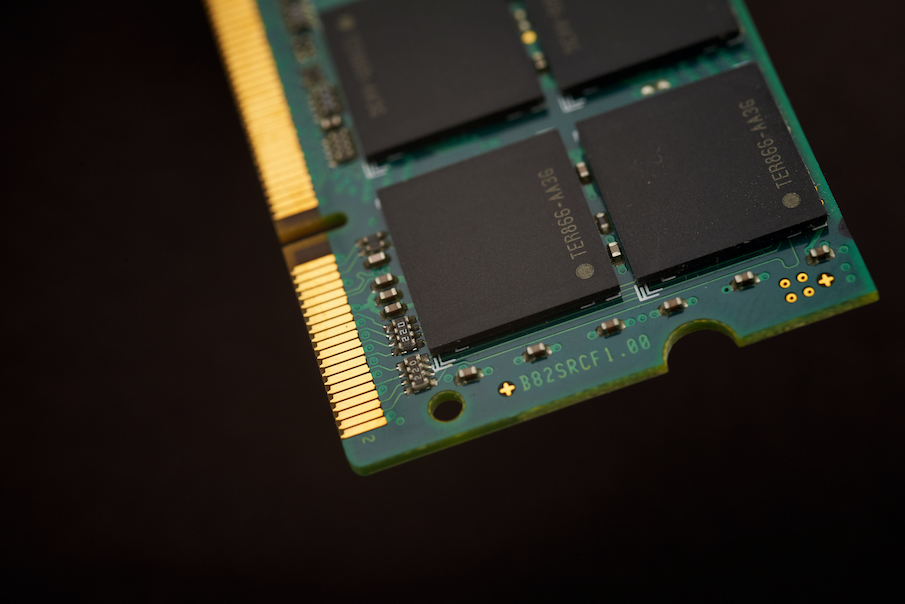For some time in the auto industry worldwide there has been a shortage of microchips. These chips are used in the mechanics of every new vehicle. They are placed in multiple areas of the car – including the engine maintenance systems and the airbag deployment. There are between 100-200 microchips used in the production of a car for these various functions. Therefore a shortage severely affects the production line for new cars. And the replacement of these parts.
But what are the contributing factors to this shortage? How long will it last? And how is this shortage affecting consumer behavior? Shopless investigates these aspects of the motor supply chain shortage.
What is the motoring microchip shortage and who does it impact?
As mentioned previously microchips are used in several parts of the car’s production. It is an important factor for programming many of the car’s functions. They are vital in components of newer cars as they help with the function of features such as: “touchscreen controls, automatic emergency brakes, reversing cameras, fuel efficiency equipment and airbag deployment systems all relying on them.” The impact spans from the making of cars to the ease at which replacement parts can be sourced.
Some sources have indicated due to the shortage of these chips, some brands have halted the production of certain vehicles. So they can keep up with the demand of their current models. And prevent the possibility of short stocked for the newer cars. Particularly if these models are still early in their developmental stages. Or have not yet made it to the production line. One article named the Oxford BMW Mini as a car that had its production paused due to the microchip shortage.
How long will the microchip shortage last?
In short, there is no known time frame for when there will be increased production and access to these microchips. The chip shortage has primarily come from the global pandemic. And the impact this has had on supply and access to resources. For various countries, including New Zealand. An article released in February 2022 suggested that the car industry was confident that the chip crisis was coming to an end in 2022.
Elon Musk is quoted as stating “Last year, we spent a lot of engineering and management resources solving supply-chain issues, rewriting code, changing our chips, and reducing the number of chips we need.” Suggesting car companies were getting more constructive when considering ways to continue the production of cars. Reducing the amount of microchips used.
Another major factor in this shortage is that most technology in society today requires microchips. This includes playstations, cellphone, vehicles, other technology and many appliances. Therefore to ensure they are not left short some industries choose to over purchase micro-chips. While others such as the auto industry are in need of more due to technological advancements.
Therefore it is uncertain if the auto industry will be able to recover quickly from this shortage. However, as it has been a factor of the industry for a couple of years many car manufacturers have planned accordingly.
How has the microchip shortage impacted consumer behavior?
A US Study on the effects of the microchip shortage found most car buyers had noticed the impact of the microchip shortage. “Close to half (48.3%) said that the resulting lack of automotive inventory led them to buy a used car instead of a new one. About the same number (48.5%) said that they have noticed an increase in automotive prices amid the pandemic. And more than a fifth (21.8%) said that inflated prices have deterred them from buying a car.”
Because of this it appears that consumer behaviour has changed when approaching the purchase of new a car. Purchasing with more hesitancy with a new purchase. However, the opposite is the case for used cars. Many sources suggest that the knowledge of a microchip shortage has encouraged many buyers to purchase second hand cars. Instead of a new car. Buyers feel more of an urgency to buy, due to talk of a shortage of parts. Therefore choose to buy a used car of their preferred model rather than wait 3-6 months for the new model of their desired car.
Realistically the auto industry internationally has adapted to the shortage. And are preparing for the future by looking for ways to factor in the shortage in their production line. Therefore as a New Zealand car buyer has the freedom to pick and choose their new or used car.
How has New Zealand adapted to this shortage?
Number of new cars coming into New Zealand have been affected by this microchip shortage. However there are other aspects that have also been impacted. For example the demand for cars for rental purposes in New Zealand has significantly decreased due to COVID. And other industries that are high purchasers of cars have minimized fleets because of the pandemic. Therefore the general consumer still has a plentiful supply of new cars to choose from.
Additionally the microchip shortage has also boosted niche businesses. With smaller businesses that specialise in technology being able to contribute to the supply of these microchips in the New Zealand auto industry.
Shopless is an online marketplace for New Zealanders. If you are looking to list a used car, or purchase a new or used car make sure to take a look at our motors section, here.
